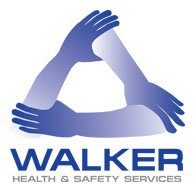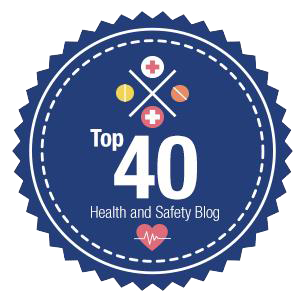When anyone comes to work, we place utter trust in the employer to provide us with a safe environment in which to work, the last thing we expect is to be put in danger or to have our health jeopardised.
We’ll look at some of the dangers that are found within the office when un-serviced electrical equipment goes wrong.
Air-Conditioning Units
You’ve probably heard that air conditioning units must be serviced properly and on a regular basis. Leading companies and government bodies, recommend that units must be maintained every spring, before the warm weather kicks in. The thing to bear in mind is that this system works for as long as you need it to keep you cool – as with anything, proper care and maintenance is essential.
However when the unit begins to collect dirt, mould and decomposing insects, it begins to pose a very serious health risk. The filters must be cleaned regularly, as they may cause serious lung problems such as legionnaires – whilst this is quite uncommon in this country, there were still a reported 284 cases in England and Wales in 2013 and any case can be very serious. The bacteria thrives in temperatures of between 20 – 50°C, and air conditioning units provide the ideal breeding ground.
Regular Sprinkler & Fire Alarm Tests
There were approximately 22,200 fires in non-domestic premises – and whilst these don’t specifically indicate these buildings were office spaces, most of them would be considered work places.
Regular fire alarm tests are a must, in most offices weekly fire alarm tests are done anyway. But the sprinkler systems must be maintained annually, the pipes should be maintained and changed where appropriate and the systems’ valves and sensors should be monitored. But as an employee you can ensure that fire exits are kept clear and there isn’t a build-up of flammable material in one small space, such as paper.
Electrical Equipment
All electrical equipment and accessories should be checked regularly. Obviously an element of common sense applies, if a plug has become frayed or damaged the equipment should be excluded and under no circumstances used. However when you buy things such as large printers and photocopiers, you should ensure that you allow them a good deal of space, to allow for the heat and fumes to be effectively filtered out. Overall, office safety is down to the employer or landlord, but there are several aspects of common sense that can be applied, to improve safety for everyone. Ensure that everyone is aware if something is faulty and must not be used; the last thing you need is someone pushing a ruler into a broken printer because they think it’s jammed.
Contact us if you require information or assistance on this topic.







